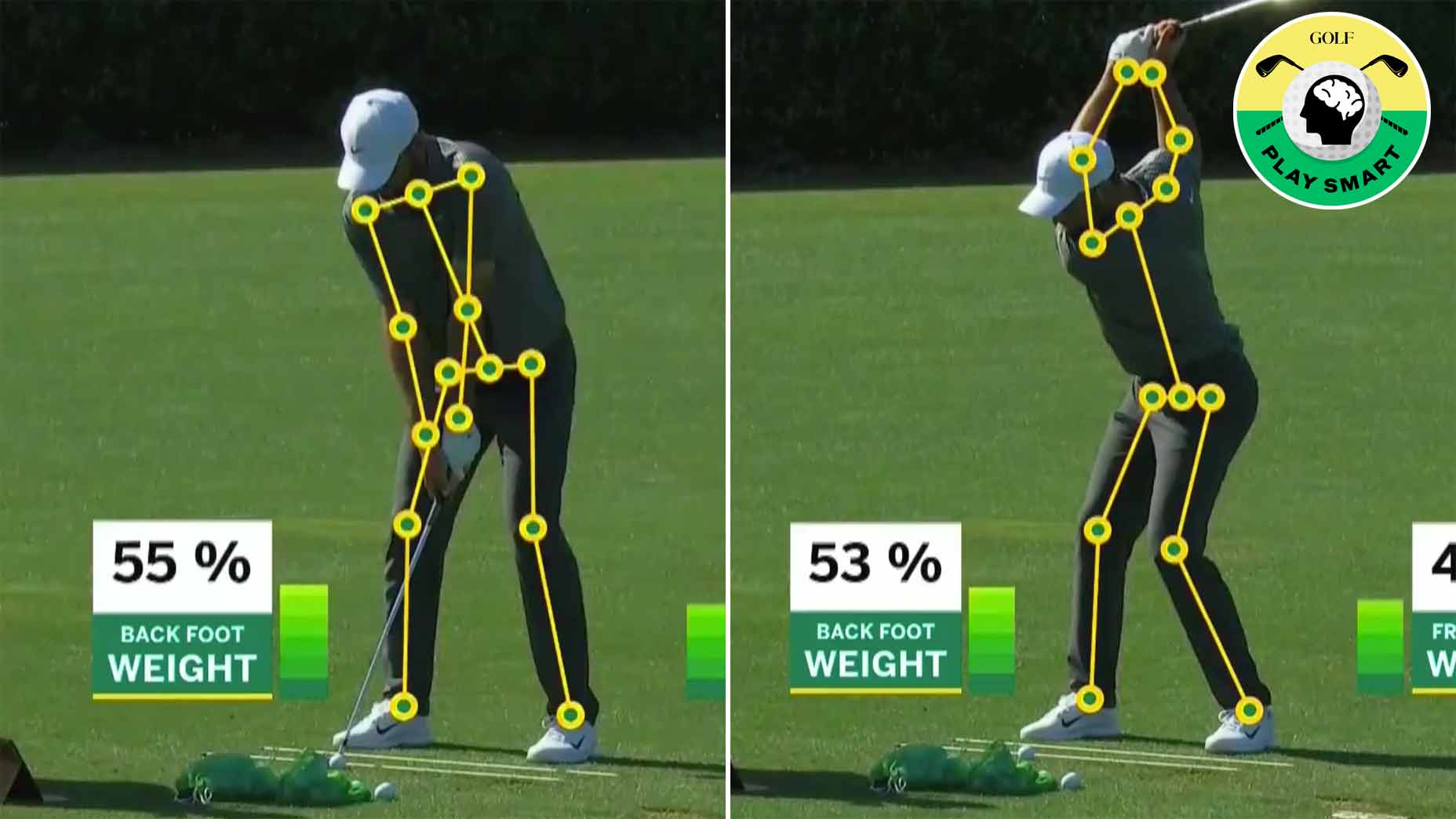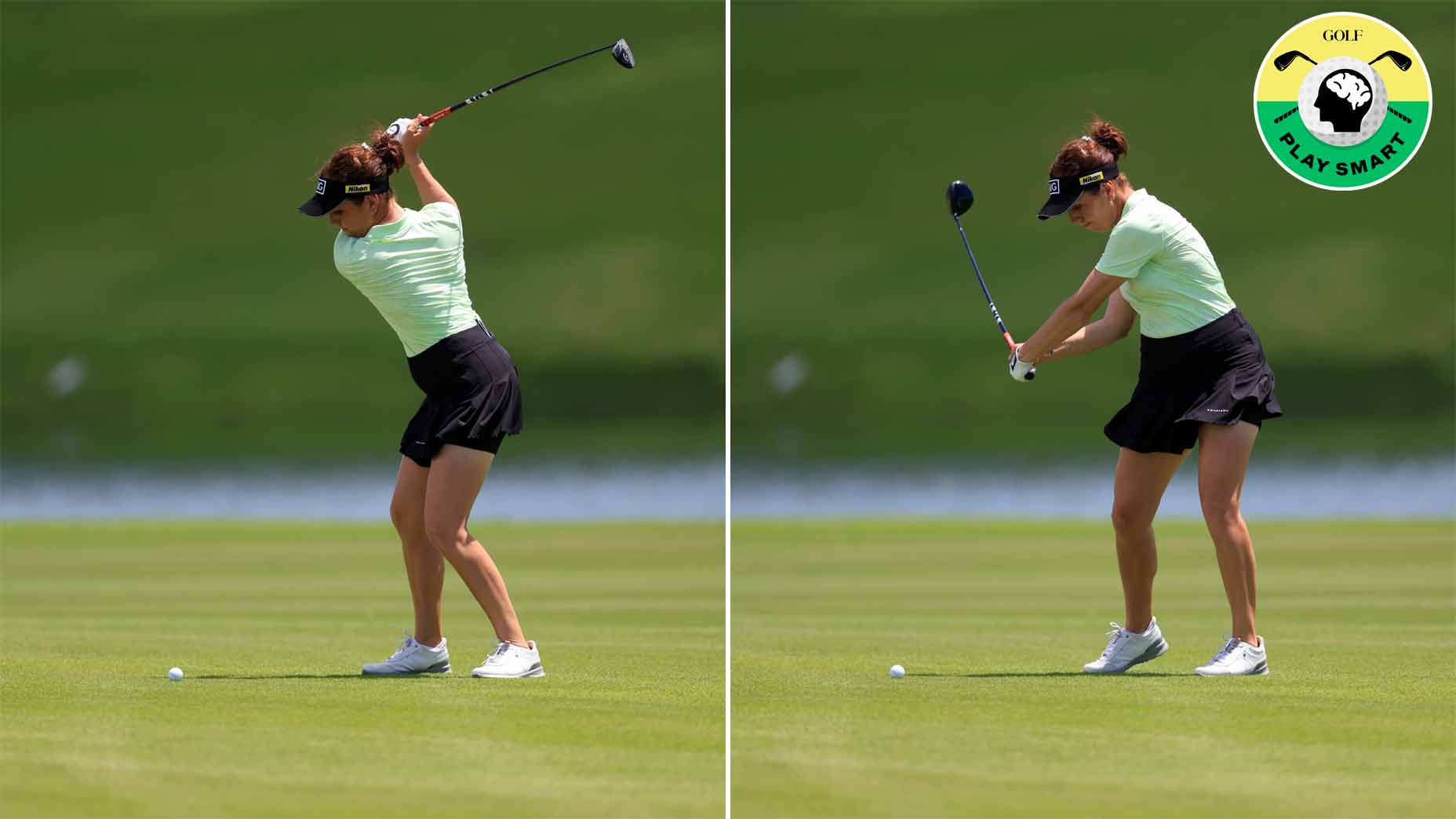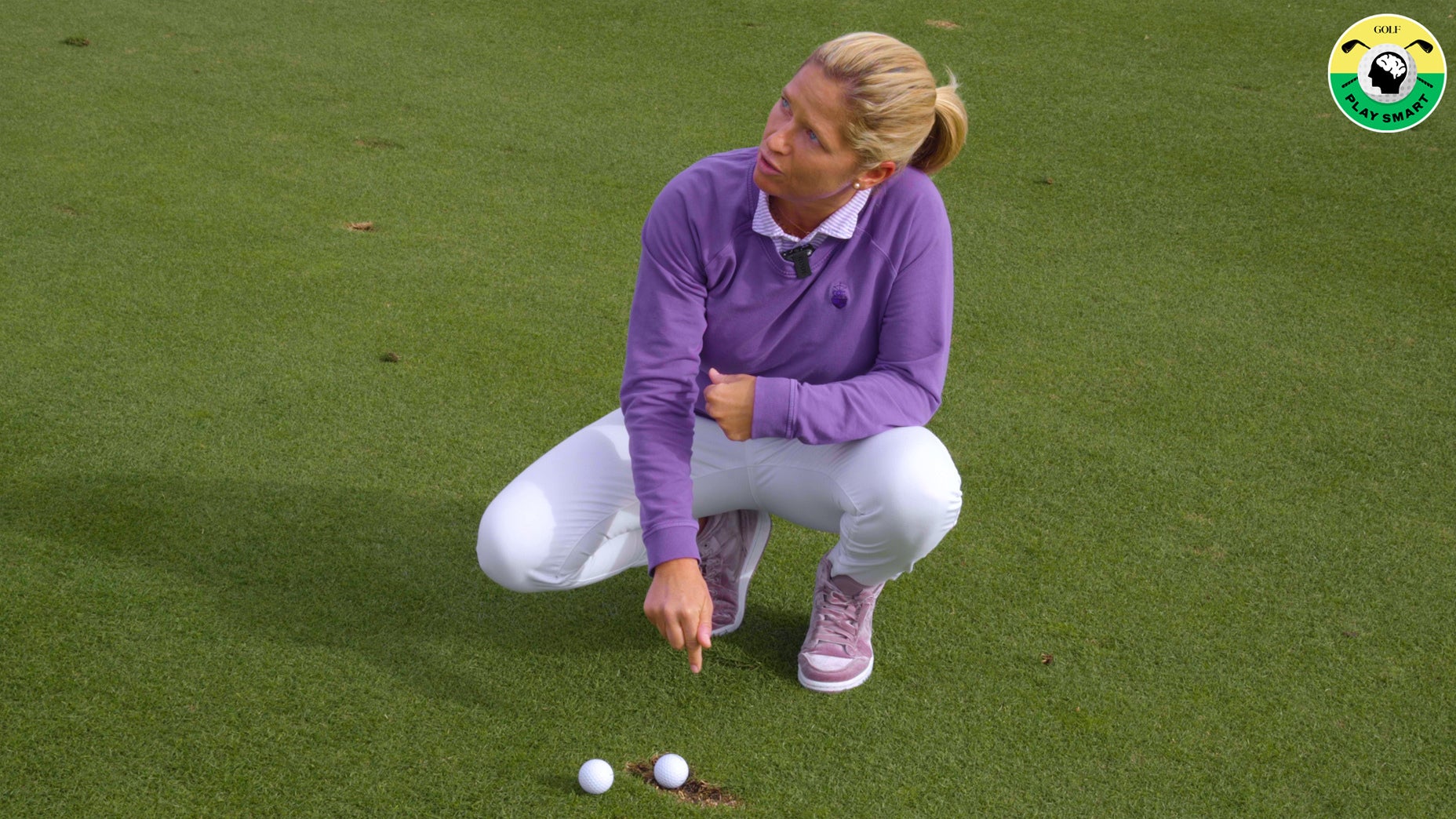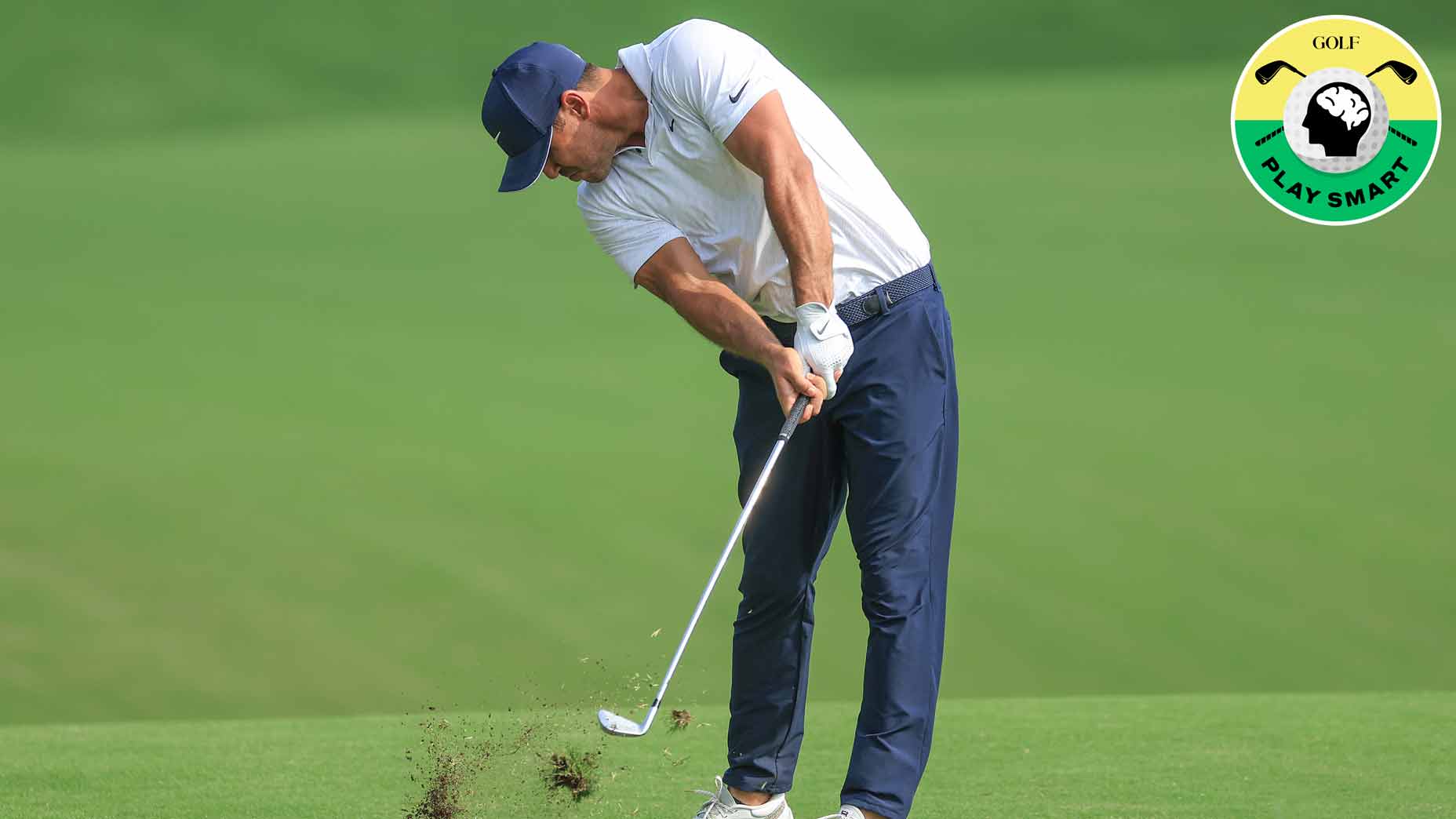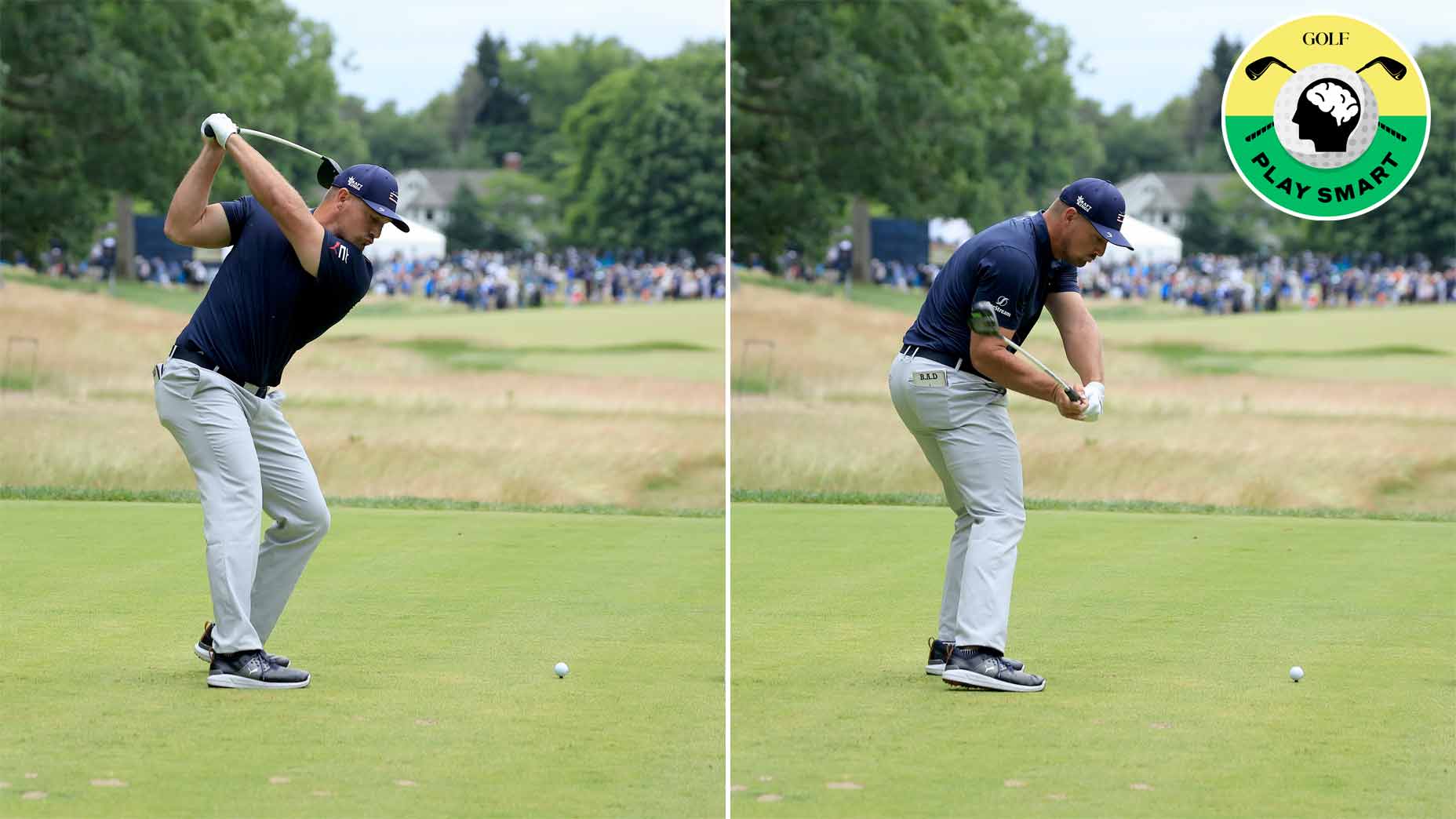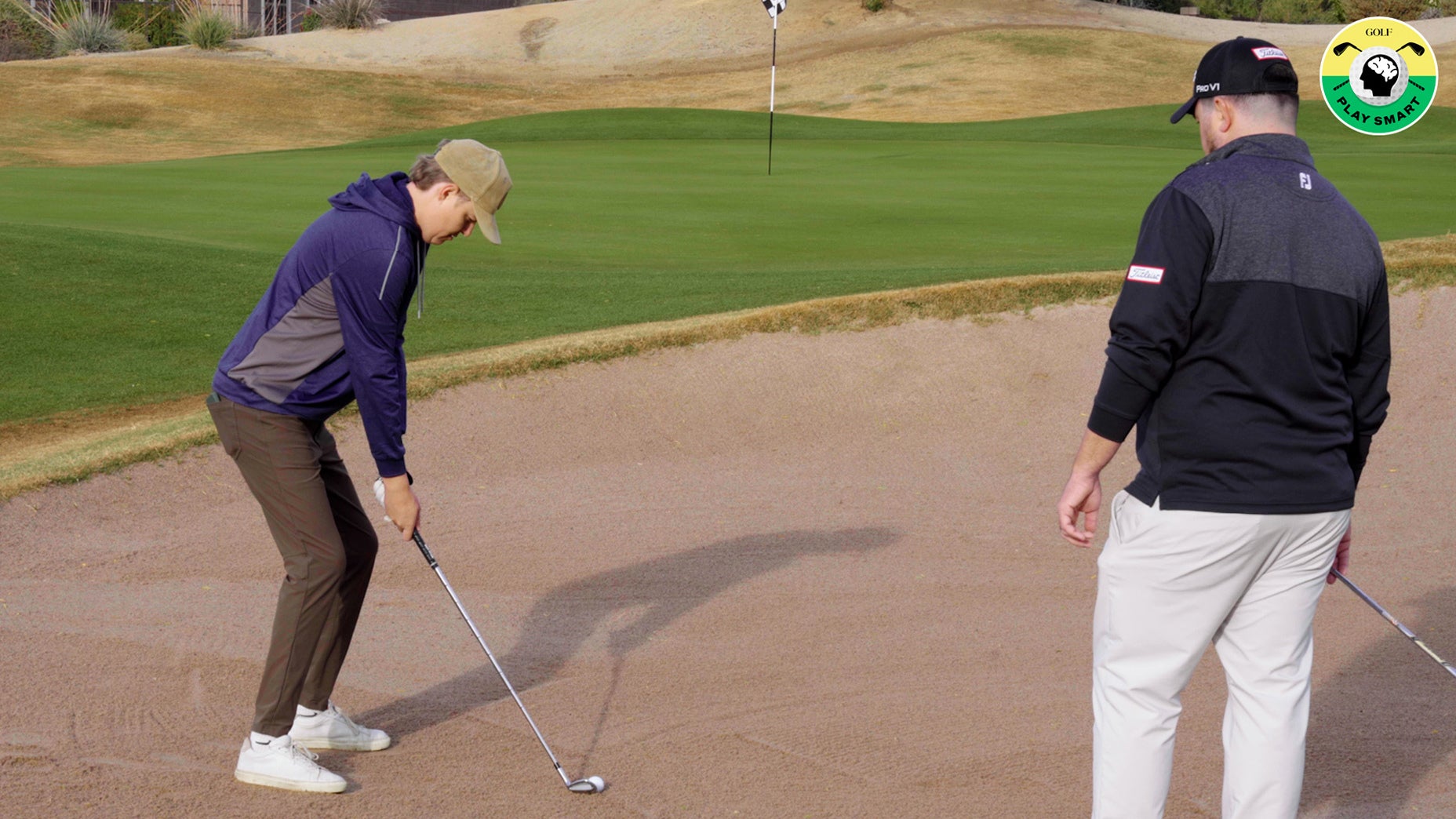How to avoid this weight loss mistake that ’99 percent’ of people make

In today's Play Smart, we're looking at a new study from the American Society for Nutrition, and what golfers can learn from it.
Getty Images
Welcome to Play Smart, a column to help you play smarter, better golf from Game Improvement Editor Luke Kerr-Dineen (who you can follow on Twitter right here).
When golfers are struggling to lose weight, one of the biggest obstacles they face isn’t changing what they eat. It’s realizing what they eat. That’s the first step towards change, and it’s a difficult one for most to clear.
And a recent in-depth study from the American Society for Nutrition proves it.
The ASN study gleaned data from the National Health and Nutrition Examination Survey, which surveyed almost 10,000 Americans as they detailed their daily diet, then asked those participants to rate how healthy they thought their diet was. Researches then analyzed how healthy these people’s diets actually were, according to its nutrition guidelines, and found a big disconnect.
“We found that only a small percentage of U.S. adults can accurately assess the healthfulness of their diet,” writes the author Jessica Thomson, PhD, research epidemiologist with the U.S. Department of Agriculture’s Agricultural Research Service in the Southeast Area, in Science Daily. “Additionally, most adults overrate the quality of their diet, sometimes to a substantial degree.”
Specifically, the study found that roughly “roughly 85 percent inaccurately assessed their diet quality,” and that in total, 99 percent of participants “overrated the healthfulness of their diet.” It was only those who admitted their diet was unhealthy that tended to assess themselves more accurately.
Put simply, almost everyone thinks they’re eating healthier than they actually are.
How to *actually* improve your diet
After sharing the results, the study outlines ways this disconnect could be rectified in the future. Mainly, are people willfully ignorant about what their diets are? Or do they simply not know what a healthy diet looks like?
As for what golfers can take away from all of this, first, get a handle on what the ASN describes some “healthy” and “unhealthy” foods.
Examples of foods the ASN ranked as “healthier” includes…
- Fruits
- Vegetables
- Whole grains
- Healthy fats
- Lower-fat dairy products
- Seafood
- Plant proteins.
And some “less healthy” foods…
- Refined grains
- High sodium foods
- Foods with added sugars
- Saturated fats
Having a healthy diet overall doesn’t mean completely eliminating the latter foods. It just means enjoying them in moderation. Portion control is another big component of all this. You don’t need to cut out the unhealthy stuff entirely in order to upgrade your diet, but if you are going to enjoy some “refined grains” like pasta, keep a handle on how much of it you’re actually eating. When I was working hard to lose weight, I literally started weighing that stuff out, using a scale, and found it really helped.




